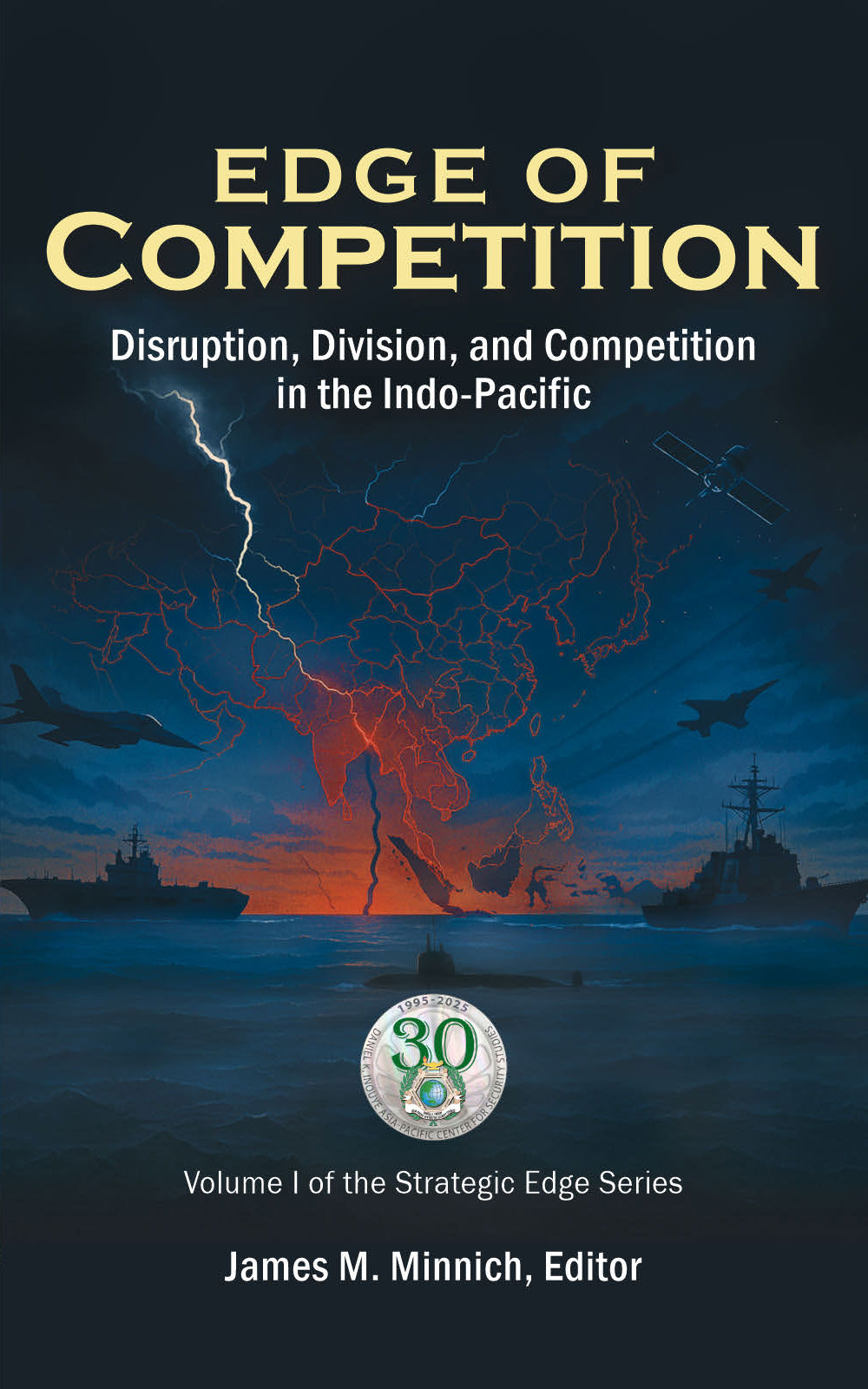Chapter 4
China’s Reusable Rocket Surge
Elliot Joseph Fox
Whoever controls space controls the world.
— Lyndon B. Johnson
Introduction
On December 21, 2015, a soot-streaked Falcon 9 first stage descended in controlled triumph onto Cape Canaveral, transforming what had long been science fiction into operational fact. With that landing, the paradigm of space access shifted—from expendable rocketry and episodic launches to reusable boosters, compressed timelines, and accelerated industrial learning curves. Reusability did not merely cut costs; it redefined cadence as a core metric of spacepower.
China quickly recognized the implications. In less than a decade, it mobilized a fusion of state research centers, venture-backed firms, and provincial launch hubs to close the gap. By the mid-2020s, Chinese hop tests and precision landings were no longer novelties but signals of a system in rapid maturation, threatening the cost, tempo, and strategic lead that the United States had carved through innovation.[iii]
This accelerating contest over reusable launch capability is not just a technical rivalry—it is a strategic realignment with cascading effects. It alters the economics of space exploration, disrupts fledgling space traffic management norms, and exposes the inadequacy of treaties designed for an era of low launch frequency. As the domain grows more contested, congested, and commercially driven, the challenge of ensuring stability—while preserving strategic advantage—intensifies.
Framed through the foundational theories of spacepower—Everett Dolman’s strategic realism, David Lupton’s doctrinal typologies,[vi] and John Klein’s maritime analogies —this chapter analyzes China’s reusable-rocket surge as both a technological leap and a geopolitical signal. It assesses the implications for U.S. space strategy, alliance structures, and the broader rules-based order in orbit. In doing so, it illuminates a key front in the broader competition for advantage in the emerging multipolar space age.







